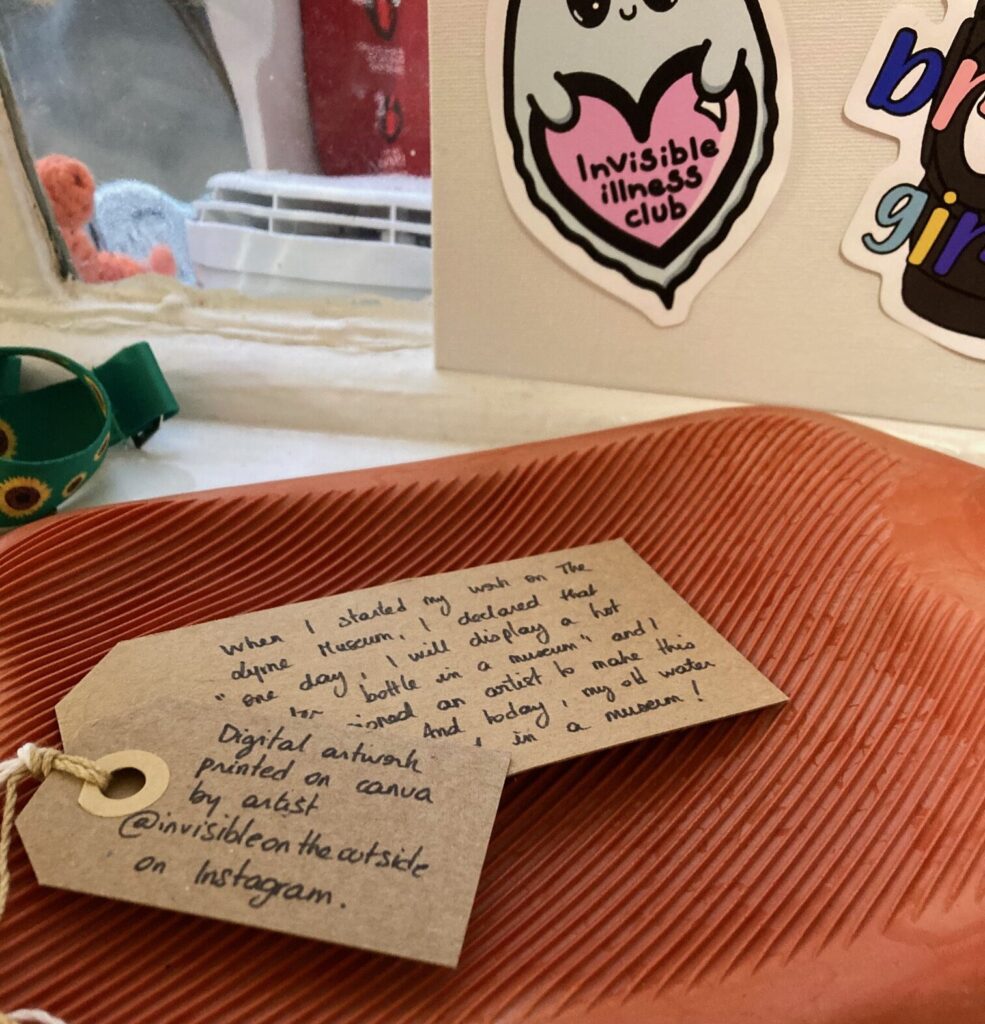Enjoy this article?
Most Museums Journal content is only available to members. Join the MA to get full access to the latest thinking and trends from across the sector, case studies and best practice advice.
Founded at the start of the pandemic, The Lyme Museum is a digital museum that puts the lived experience of chronic illnesses and disabilities at the forefront.
“Non-disabled individuals were suddenly experiencing situations that chronically ill and disabled people had been experiencing: isolation, restricted access to healthcare, uncertainty, changing symptoms and loss of bodily autonomy, anxiety about financial safety,” says Angela Stienne, founder and content director of the museum.
“We harnessed digital communities of chronically ill and disabled people and asked: ‘What is the relationship you have formed around material culture?’.”

The museum takes its name from Lyme disease, a bacterial infection spread to humans by infected ticks found on common British wildlife including rodents, dogs and cats.
“In its chronic form, it can cause life-altering symptoms that can fundamentally affect the lived experience of an individual,” says Stienne.
“The Lyme disease community was our first support and rallied to share their lived experience. I believe we are the first online, mobile, pop-up museum that explores invisible illnesses and disabilities through materiality and visual storytelling.”
“We especially like mundane, everyday stuff that wouldn’t usually find its place in a museum. We’re interested in how those objects gravitate around us, how they are the physical representations of so-called invisible illnesses and disabilities,” says Stienne.
“Our collection comprises a series of powerful flat lays – a flat lay is a photograph of objects laid on a surface, taken from above.
"We have invited individuals to send us flat lays of objects that represent their lived experiences of invisible illnesses and disabilities. These objects show they are not invisible. We have placed materiality, care and emotion at the heart of conversations.”
The museum ran its first exhibition, the Materiality of Invisibility, in 2022 at the Documentary Media Centre in Leicester.
It focused on flat lay objects, lived experience narratives and artworks from around the world. Stienne says that the flat lays are a highlight of the museum: “They’re visually powerful. But another star is my old orange water bottle, which made me think many years ago: ‘This is what I would put in a museum about chronic illness.’”

The founder, curator, researcher and artist who run the museum are all volunteers. “We all have lived experience of chronic illness and/or disability simply because when I started this project I wanted to invite, and receive advice and support from disabled women in the arts who I had been engaging with,” says Stienne, who is committed to a fully disabled women-identifying leadership because opportunities for disabled women in the arts are limited.
“I am equally committed to engaging with non-disabled individuals. We need to work together, disabled individuals and allies, so that we can truly transform museum practice, and allow it to impact society at large.”
The museum is developing partnerships with organisations, an online education hub, an app and is touring the exhibition.
Stienne says: “The aim remains – how can we encourage creative ways to challenge ableist barriers, and challenge ideas around the lived experience of invisible illnesses and disabilities? Can visual storytelling help us have more expansive conversations about this? We think so.”
Most Museums Journal content is only available to members. Join the MA to get full access to the latest thinking and trends from across the sector, case studies and best practice advice.